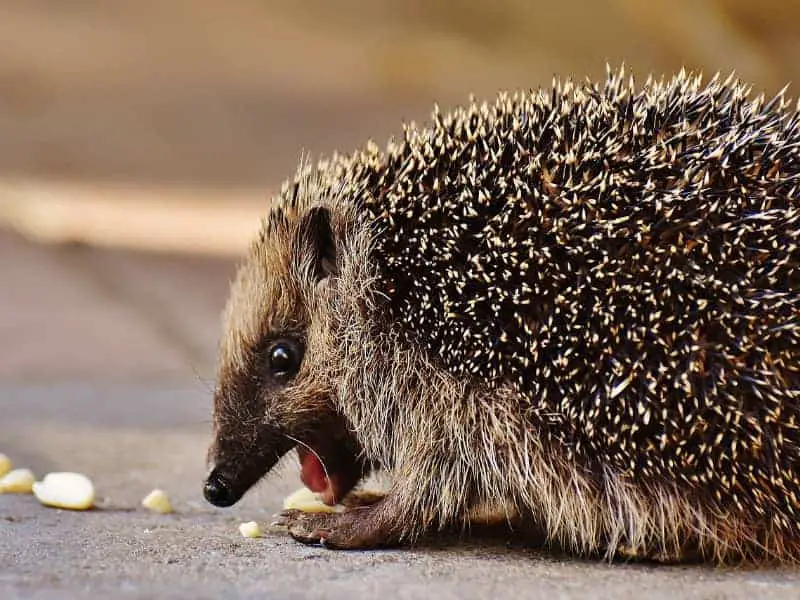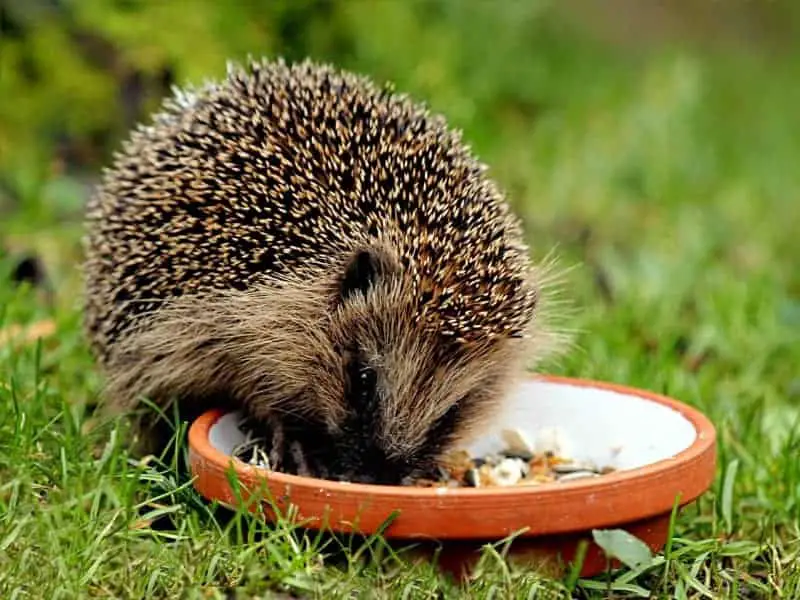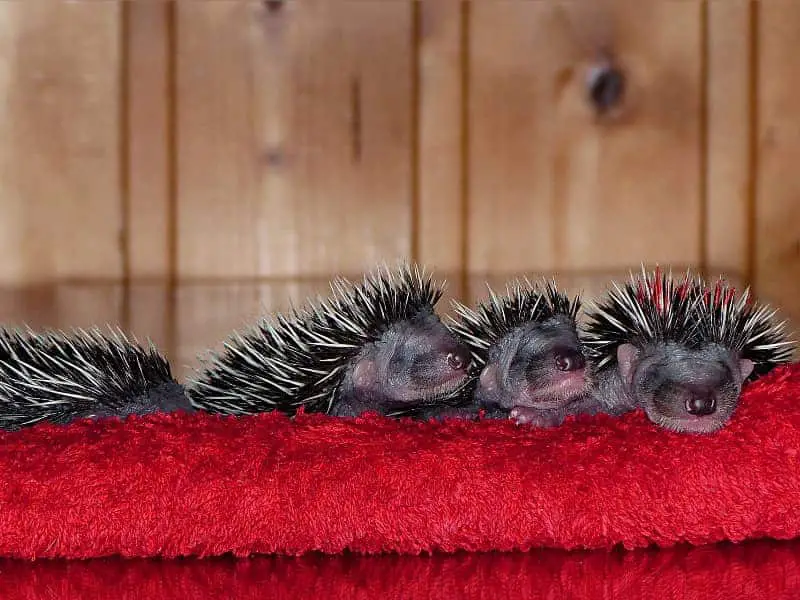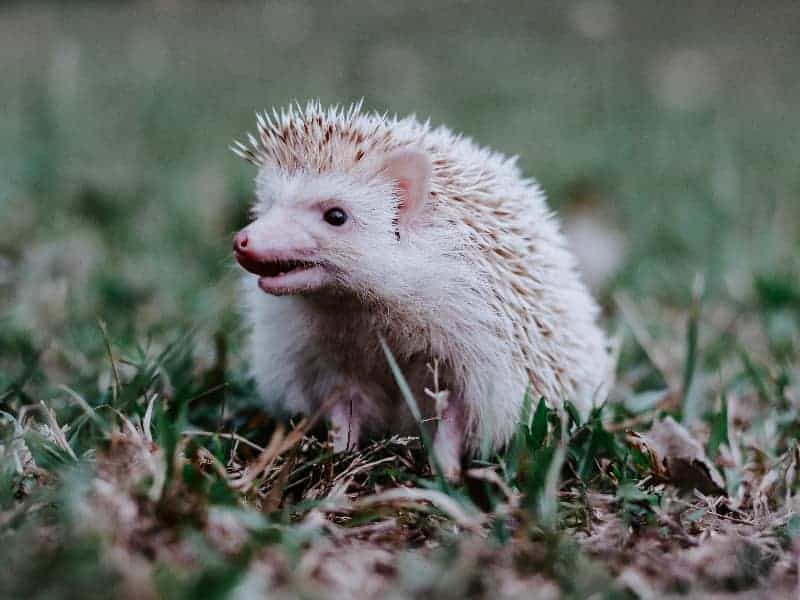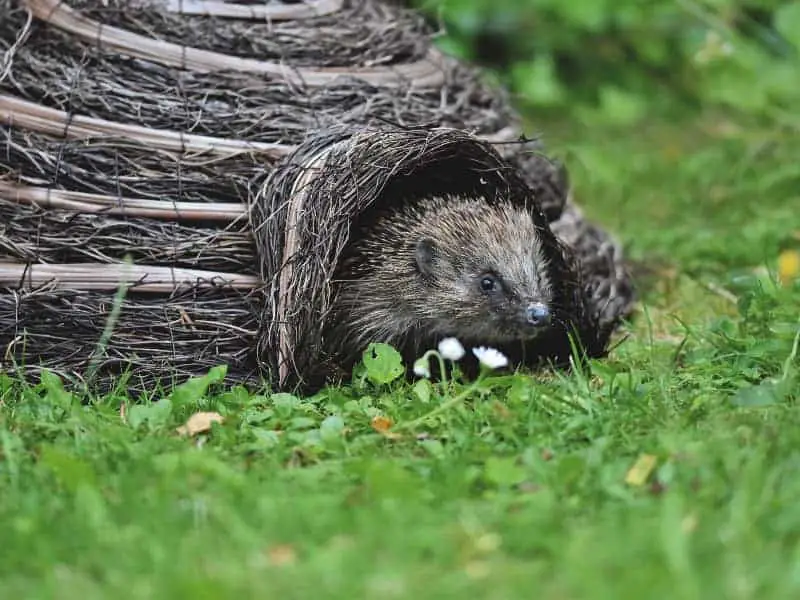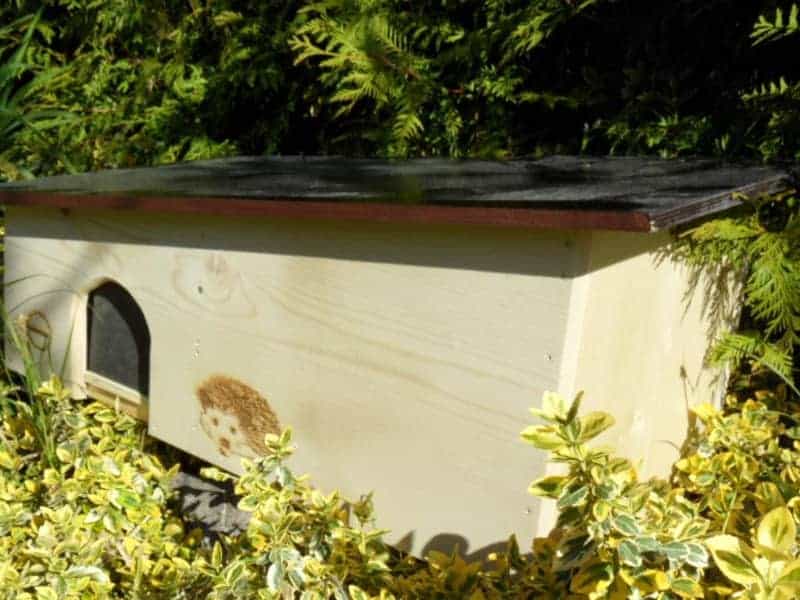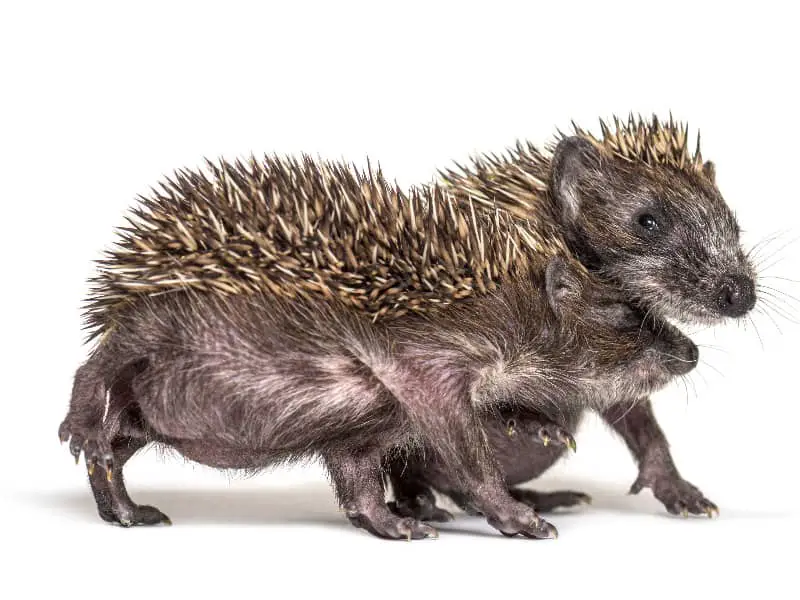
Hedgehog mating season
Hedgehog mating season is an exciting yet important topic that offers insights into the natural behavior and reproductive cycles of these spiny mammals. In this blog post, we'll dive deep into this fascinating world. You'll learn everything you need to know, from basic biology to protective measures that can be taken during this important phase.
- Hedgehog mating season
Hedgehog mating season, what is it?
The mating season of hedgehogs is the period in which these animals reproduce. Normally, this phase takes place between May and September, although there may be slight variations depending on the climate and geographical location. During this period, hedgehogs are particularly active and show behavioral changes aimed at reproduction.
From the choice of a suitable mate to nesting, there are many aspects that need to be considered in this important phase of life. Anyone interested in nature and animals will find this an exciting opportunity to learn more about the reproductive rituals and natural behavior of these prickly inhabitants of our gardens and forests.
Why is this topic important?
Understanding the hedgehogs' mating season is not only important for biologists and conservationists. This topic also offers exciting insights for anyone who has a garden or simply wants to know more about the animal world. Hedgehogs are useful animals that eat pests such as snails and insects.
Their reproduction is therefore an important aspect for the ecological balance in their habitat. In addition, hedgehogs are increasingly threatened due to environmental impacts and human intervention in their habitats. Knowledge of their mating season and associated behavior can help in taking targeted conservation measures.
What will be covered in the blog post?
In this blog post, we will take a comprehensive look at the hedgehog mating season. Starting with the biological basics, through the specific mating behavior, to the challenges and protective measures associated with this important phase of life.
We touch on topics such as nest building, choosing a suitable mate and rearing the young. It is a comprehensive guide for anyone who wants to delve deeper into the world of hedgehogs.
Biological basics
To fully understand hedgehog mating season, it is crucial to first look at the biological underpinnings of these fascinating animals. This includes aspects such as the reproductive cycle, hormonal control, and the importance of mating season in a hedgehog's life cycle.
Hedgehog reproductive cycle
Hedgehogs are usually solitary and do not specifically seek proximity to other hedgehogs until the mating season. The reproductive cycle often begins at the end of hibernation, usually in the spring. Female hedgehogs become hormonally attuned to reproduction and begin to leave scent trails that attract male hedgehogs.
After successful mating, it takes about 35 days for the young to be born. Depending on weather conditions and food supply, female hedgehogs can have up to two litters per year.
Hormonal control
The mating season of hedgehogs is largely controlled by hormonal processes. With the onset of spring and higher temperatures, various hormones, such as luteinizing hormone and follicle-stimulating hormone, begin their work. These hormones stimulate the ovaries in females and the testes in males, which leads to the maturation of gametes and thus to readiness for mating.
Importance of the mating season in the life cycle of the hedgehog
The mating season is one of the most important phases in the life cycle of a hedgehog. It is of great importance not only for reproduction itself, but also for the survival of the species. Due to threats such as predators or the loss of natural habitats, successful reproduction is essential for the survival of the hedgehog population.
The mating season ensures that new generations of hedgehogs are born, which in turn help maintain the ecological balance in their habitat.
The hedgehog mating season: an overview
Hedgehog mating season is a special event that is influenced by several factors. In this section we will take a closer look at the timing, behavioral changes in hedgehogs, and differences between the sexes during the mating season.
Time frame and duration
As a rule, the hedgehogs' mating season takes place between May and September, although it can vary depending on the climate and region. Sometimes it can even begin as early as April or extend into October. The length of the mating season can also depend on food supply and weather conditions. In years with an abundant food supply and mild temperatures, the mating season may last longer and more litters may occur.
Behavioral changes
During the mating season, hedgehogs are particularly active. They leave their hiding places more often and can be seen more often during the day. Their movements are aimed at finding a mate, which can be recognized by their scent trails and the characteristic sounds they make.
Courtship behavior involves complex rituals, such as circling the potential mate and special sounds produced by the males. It is a time of increased social interaction, which is an exception in the otherwise solitary life of hedgehogs.
Differences between male and female
During the mating season, males and females exhibit different behaviors. While males become more aggressive and territorial, females are more selective and release scents to attract males. After mating, the female performs all brood care duties, while the male plays no role in rearing the young.
Another interesting aspect is that females can sometimes accept multiple males, which contributes to genetic diversity within a population.
Hedgehogs and their mating behavior
The hedgehog mating season is a fascinating natural spectacle that involves many specific behaviors and rituals. In this section, we devote ourselves to the courtship behavior of hedgehogs, their reproductive rituals, as well as the choice of a suitable partner.
Courtship behavior
The courtship behavior of hedgehogs is a complex interplay of scent signals, acoustic sounds and physical approach. Male hedgehogs are particularly active during this time and travel long distances to find a female ready to conceive. They attract females by special calls and scent marks they leave in their territory.
Once a male has found a female, he begins to circle her and impress her with nasal sounds. This behavior can last for several hours and is often referred to as the "hedgehog carousel".
Hedgehog mating season - The reproductive rituals
In addition to acoustic and olfactory signals, physical behavior also plays an important role in hedgehog reproductive rituals. The male circles the female and tries to attract her attention. Sometimes slight "bumping" movements occur to change the position of the female.
Once the female is ready, she lies down on her side and mating can begin. It is important to note that hedgehogs' reproductive rituals can be strongly influenced by various factors, such as the weather and food supply.
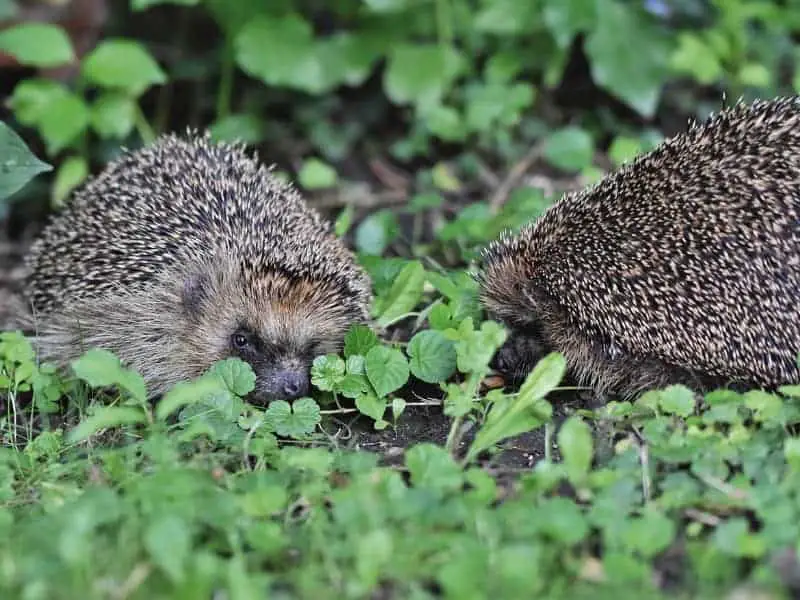
Partner choice
Choosing a suitable mate is a critical factor in hedgehog mating behavior. Female hedgehogs are generally more selective than males and may secrete scents that attract or repel certain males. The choice of mate can be influenced by several criteria, such as the size, age, or health condition of the potential mate.
These criteria contribute to the genetic diversity of the population and increase the chances of survival of the young.
Hedgehog mating season - nesting and territory
Another aspect that is important for understanding the hedgehog mating season is the importance of nest building and territory. These factors have a direct influence on the reproductive success and survival of the offspring.
Importance of the nest
For hedgehogs, nest building is of enormous importance, especially during the mating season. The nest serves not only as a retreat and safe space for the birth and rearing of the young, but also as protection from predators and the weather. It usually consists of leaves, grass and small branches. A well-built nest can greatly increase the chances of survival for baby hedgehogs by providing warmth and shelter. The female also often retreats to the nest several days before giving birth in order to give birth to her offspring in peace.
Territory defense
Hedgehogs are territorial by nature, but this trait becomes even more pronounced during the mating season, especially in males. They defend their habitat vehemently against intruders and competitors. The size of the territory may vary, but the majority is sized to provide sufficient food and hiding places. Territory defense is critical to mating success, as a well-defended territory makes the male more attractive to females.
Influence on mating
Territory and nest building have a direct influence on mating. A male that has a large and well-defended territory will be more attractive to females. The quality of the nest also plays a role, as a safe and warm nest is essential for the female and subsequent offspring. The ability to hold a good territory and build a secure nest can therefore be seen as an indicator of a hedgehog's general fitness and survivability.
Hedgehog mating season - The offspring
The hedgehogs' mating season is ultimately focused on successfully producing offspring. In this section we look at the gestation period and birth, explain how the young are reared and consider what is important in terms of diet and care.
Gestation and birth
After successful mating, the gestation period for hedgehogs is usually about 35 days, but can vary depending on environmental conditions and the health of the female. During this time, the female retreats more and more into her nest. The birth itself is relatively quick.
The newborn hedgehogs are initially blind and weigh about 10 to 25 grams. Their spiky fur develops in the first few days after birth.
Raising the young
The rearing of the young is the responsibility of the female. Male hedgehogs do not participate in the care of the offspring. In the first weeks, the young are completely dependent on the mother's milk. From about the third or fourth week of life, they begin to eat solid food.
During this time, the mother also teaches the young how to protect themselves from predators and what food to look for. After about six to eight weeks, the young hedgehogs are independent enough to manage on their own.
Nutrition and care
During rearing, the nutrition of the young is of central importance. The mother first provides the necessary milk, which contains all the essential nutrients for growth. Once the young start eating solid food, their diet mainly includes insects, worms and sometimes small fruits.
Hygiene also plays a role in care. The nest is kept clean and the mother licks the young to keep them clean and at the same time build a bond with them.
Hedgehog mating season - Frequently Asked Questions
Meeting hedgehog pairs, especially during mating season, often raises questions. In this section we address the most frequently asked questions to provide you with guidance.
What to do if you have a pair of hedgehogs in the garden?
If you notice a hedgehog pair in your garden, the most important rule is not to disturb them. They need their rest for the mating process and the later rearing of the young. However, you can do some things to make their life easier. For example, you can offer them a safe hiding place or create a small watering hole. However, do not put out milk, as this is harmful to hedgehogs.
How do I behave correctly?
Proper handling of hedgehogs during their mating season is simple: keep your distance. Avoid loud noises and fast movements near them. If you really want to help them, you can set up small feeding stations with suitable food such as cat food or special hedgehog food. And of course you should not touch the animals or their nests. Disturbing the animals can cause stress and negatively influence the mating process.
Can hedgehogs be domesticated?
The short answer is: No, hedgehogs should not be domesticated. They are wild animals and belong in the wild. Although they may seem cute, they are not suited for life in human care. Attempting to domesticate a hedgehog can lead to health problems for the animal and is also prohibited by law in many countries.
Conclusion hedgehog mating season
Hedgehog mating season is a fascinating and complex phenomenon that is influenced by a variety of factors. From the physiology and behavior of the animals to external factors such as weather and food, there are many aspects that shape the mating process. Whether it is courtship behavior, nest building and territory, or the rearing of young, every detail plays an important role in reproductive success.
Recognizing that habitat conditions, nest quality, and even social interactions between animals all play a role makes it clear how complex and finely tuned this stage of life is. For people lucky enough to observe a hedgehog pair in their own garden, it is of great importance not to disturb the animals and to provide them with a safe and protected space for mating and rearing their young.
Author

-
Garden animal - A life with nature
Welcome to my animal blog! My name is Dirk and I am happy to take you on my journey through the fascinating world of animals and gardening.
Born 54 years ago, I have had an insatiable curiosity for the animal world around me since childhood. Although I have moved professionally in other industries, my true passion has always been animals and nature. It is remarkable how a small garden has become such an important part of my life.
Many of my fondest memories are associated with the animals that share our home. Whether it's the curious squirrels that scurry across the trees in the morning, the colorful variety of birds that visit our feeders, or the busy bees and butterflies that pollinate our flowers, every moment with them is invaluable to me.
This blog is my contribution to share my experiences, discoveries and insights with like-minded people. Here I will share stories of unforgettable encounters with animals, give tips on gardening and creating wildlife-friendly habitats, and take you on my journeys through nature.
Thank you so much for being here!
Cordial,
Dirk aka garden animal
Last posts
- 27. February 2024PetsVeganes Hundefutter – Grün und Gesund?
- 18. January 2024ChickensOregano für Hühner
- November 27, 2023HamsterDiurnal hamsters
- November 24, 2023HamsterHamster hammock

